Salt-Glazed
Salt-Glazed Ceramics by John Chambers
In salt-glazing, coarse salt is thrown into the small noborigama periodically when the kiln is at its hottest. Freed sodium attacks any exposed clay (including the kiln bricks) and erodes the ceramic surface, forming an “instant glaze” right in place. A pitted, bumpy surface is characteristic of salt glaze. Sometimes cascades of ash glaze slide down the sides, providing a contrast. Fire is made to play directly over the pots, causing many unpredictable color variations. In fact, no two pots come out of the salt kiln looking the same, and this is its chief artistic attraction.
Showing all 14 results
-
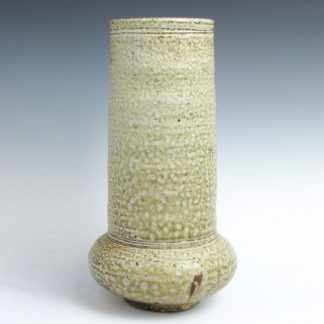
Locomotive Pot (Salt-21)
Read more -

Covered Box (Salt-20)
Read more -
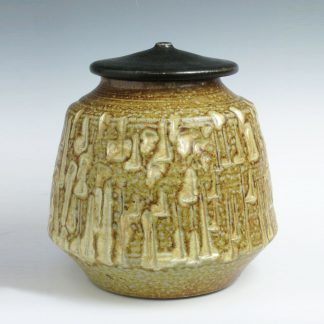
Beaten Covered Jar (Salt-17)
Read more -
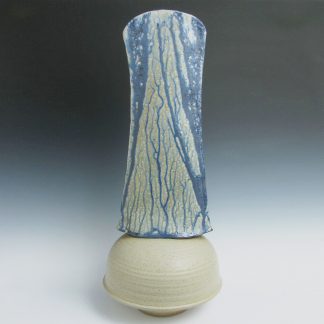
Helmet Pot (Salt-13)
Read more -
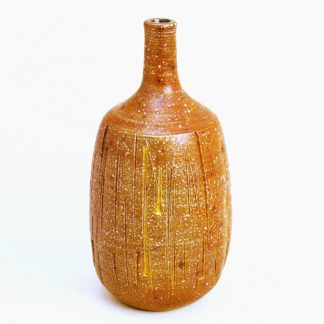
Beaten Bottle (Salt-12)
Read more -
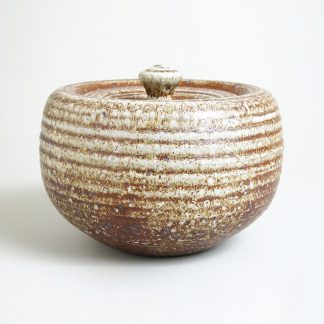
Covered Jar (Salt-10)
Read more -
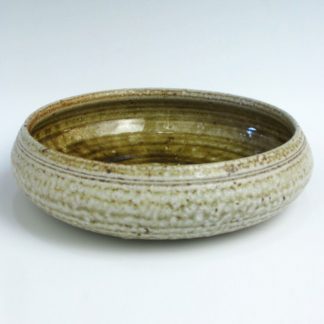
Wide Bowl (Salt-9)
Read more -
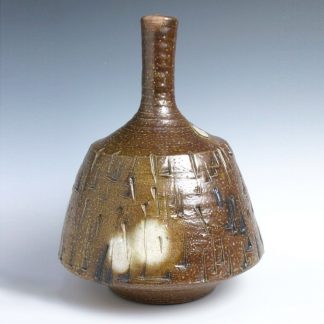
Beaten Bottle (Salt-8)
Read more -
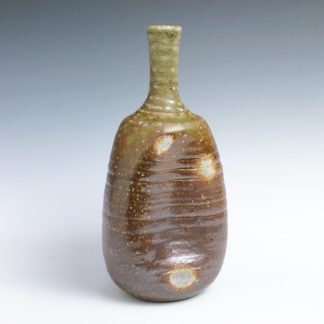
Caved-in Bottle (Salt-7)
Read more -
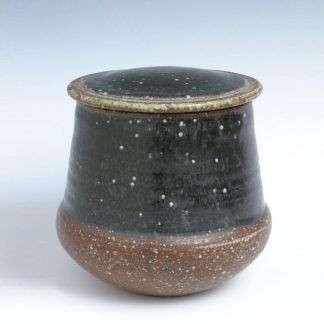
Covered Box (Salt-6)
Read more -
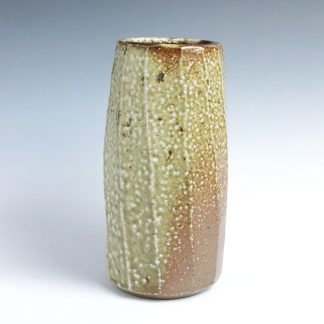
Cut Vase (Salt-5)
Read more -
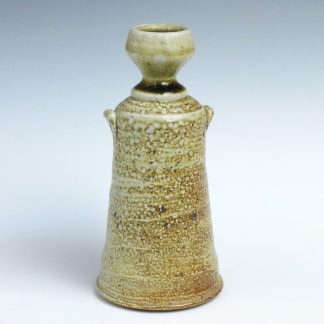
Bud Bottle (Salt-4)
Read more -
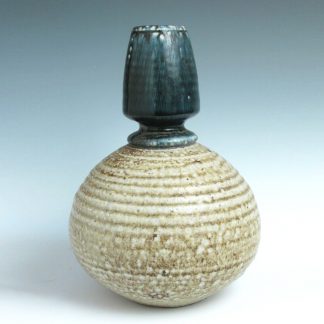
Locomotive Pot (Salt-3)
Read more -
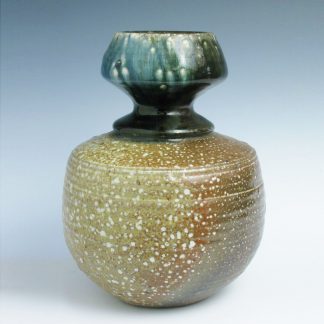
Locomotive Pot (Salt-1)
Read more
Showing all 14 results